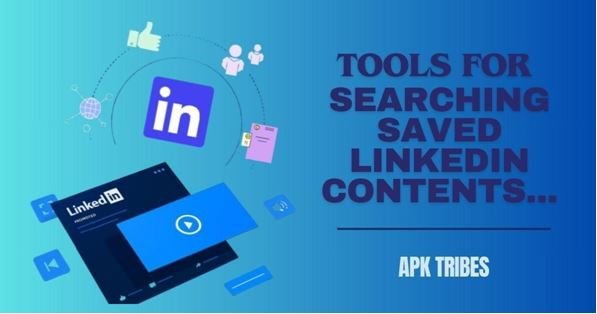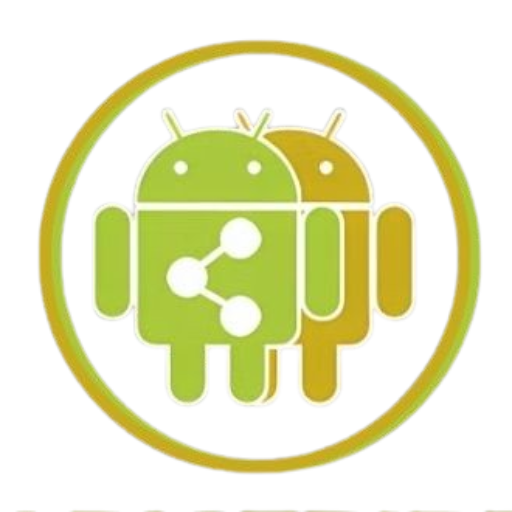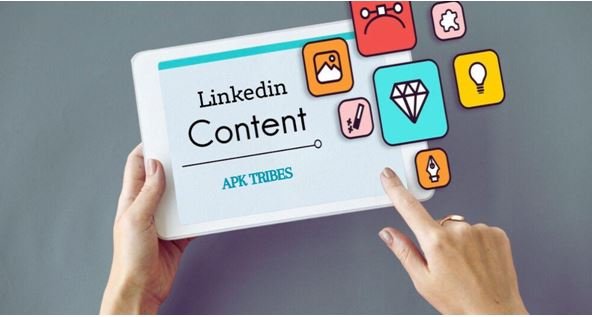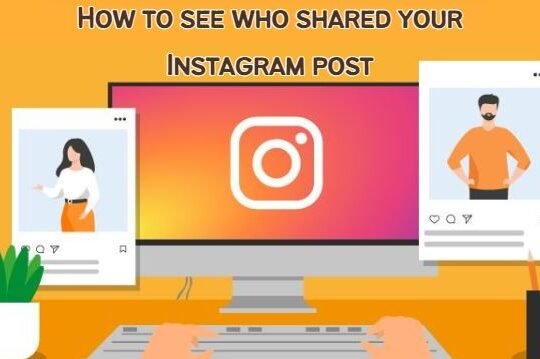Tool for searching saved linkedin content
LinkedIn is a professional working social network with users to connect. You also have many tools for searching, saving linkedin contents, sharing and engaging with others for business purposes to find job vacancies and exhibit their talents and achievements. LinkedIn, operating in the market since 2003, after being acquired by Microsoft, is popular among specialists, organizations, and those looking for job opportunities. In its essence, it is more of a professional social network for businesses and business professionals – not personal like Facebook or Instagram. The use of online professional networks is especially useful for career enhancement, staffing and corporate relations.
Why Use LinkedIn?
- To grow your professional network as the key reason for joining these groups.
- For job searching and placing an ad for a particular position.
- If you want to market yourself, for instance, to have your own blog, become an influencer, or improve your online profile.
- For new ideas and information pertaining to the different industries it deals with.
- For personal growth through access to skills acquired at LinkedIn Learning.
What is Linkedin content?
LinkedIn content is any message, post, article, update, or media shared on the LinkedIn website and intended for professional use. Unlike other social media networks,Tools for searching saved LinkedIn content is consented for career and professional progress, business know-how, and development.
Types of linkedin contents:
Text post:
Short and long form of article.
Images and visual contents:
Photos and visuals to grab attention.
Documents:
Upload file in doc and other Ms office tools.
Live content:
Linkedin allows the user to broadcast live.
Polls:
Interactive content where you ask your followers to question and vote.
Carousels:
Multisite post to tell story and information.
Video:
Short and long video the seen content.
Article:
Long form article published on linkedin on linkedin platform.

Why Create LinkedIn Content?
- Build your personal brand: Use your knowledge and build credibility.
- Engage your audience: Discover new contacts and Tools for searching saved linkedin contents and ideas with them.
- Networking opportunities: There are people who are interested in a particular field, find those that have similar career or business interests as you.
- Grow your business: Advertise your service offering, gain clientele or create traffic.
- Stay relevant: Make some posts and keep engaging with your sector or industry.
LinkedIn Business Page and Content Guidelines
- Be professional yet relatable: Authenticity matters.
- Provide value: Stay abreast of or share about pertinent news or provoke thoughtful contemplating.
- Engage your audience: Welcome comments, questions and discussions.
- Use visuals: For even better involvement, it is possible to include images, videos, or infographics.
- Keep it concise: LinkedIn allows only concise, laconic messages, and does not encourage the use of many promo and other HTML tags.
Tools for searching saved Linkedin Contents:
LinkedIn does not have an in-built feature to browse Tools for searching saved linkedin content and I will discuss a few tools and tricks that would help you to browse saved content easily.
1.Native LinkedIn Tools
LinkedIn allows you to save posts, but you have to manually navigate to access them:
- To Access Tools for searching Saved linkedin Content:Here, click on “My Items” found under the profile menu.
- On desktop: At the top right of Your acct., put the cursor on it then take a look at dropdown’s “Saved Items.”
- On mobile: Swipe right on the main screen > “My Items” > “Saved Posts”.
- Here, all the posts and articles that you have saved, are listed in one feed on LinkedIn.
Limitations:No option to search within saved posts is also missing as there is no option of a search bar on the side.In the sections of items, the articles are arranged in a chronological order, thus, to get through any past saved articles, a lot of time is spent.

2.Third-Party Tools and Methods
Since LinkedIn doesn’t provide built-in search functionality for saved content, you can use the following tools and strategies:
a. Evernote or OneNote
- For LinkedIn content links you should use note taking applications such as Evernote or One Note to store such content.
- How: Take the URL of a LinkedIn post and then simply copy paste it into your note taking app with tags, category, or summary for later use.
b. Pocket or Instapaper
- Pocket and Instapaper are share buttons for saving articles and posts from any website – including LinkedIn.
- Download the Pocket browser add-on or get the Pocket app on your mobile device.
- If you come across an interesting LinkedIn post, click on “Save to Pocket.”
- Make sure you properly navigate Pocket and utilize the search and tag functions in order to keep all of the Tools for searching saved linkedin content in order.
c. Browser’s favorites list and plug ins
- Online page favorites or favorites using folders to sort the content saved previously.
- Tools like Raindrop.io or Toby allow you to:
- Bookmark posts.
- Add descriptions and tags.
- Search saved content later.
d. Think-Aloud Annotations on Google Sheets or Docs
- To make it easier to complete the related task, open a Google Sheet or a Google Doc where you will save links to the shared content on LinkedIn.
- Type in some of the categories, summaries and tags so that you can search the file in future.
3.LinkedIn Advanced Workarounds
While LinkedIn doesn’t natively allow searching through saved posts, you can use the following workaround:
- The saved posts can be searched in the main search bar of LinkedIn by using the keywords as well as hashtags.
- If you recall it was posted by a certain individual, then go to their profile section and check if they are in the activity or post section.

Final Thoughts
Unfortunately, LinkedIn does not have a powerful search tool to search through the Tools for searching saved linkedin content so that effective content sorting and finding is a challenging task that can be completed only by using a few sections of the platform and a few outside tools. LinkedIn may improve as a network, and may one day update their search tab, or provide a more effective way of sorting saved items. Currently, the only ways to optimize search and content management are utilizing LinkedIn as a platform and applying enhancements following the existing LinkedIn functions in combo with such third-party applications as Pocket or Evernote or using basic organizational systems.




